Amazing creatures that exist contrary to the laws of science (6 photos)
All creatures of nature are beautiful. But sometimes she likes to joke and create something that makes people scratch their foreheads thoughtfully. After all, some creatures violate a considerable number of laws of science. But at the same time they exist and feel great. 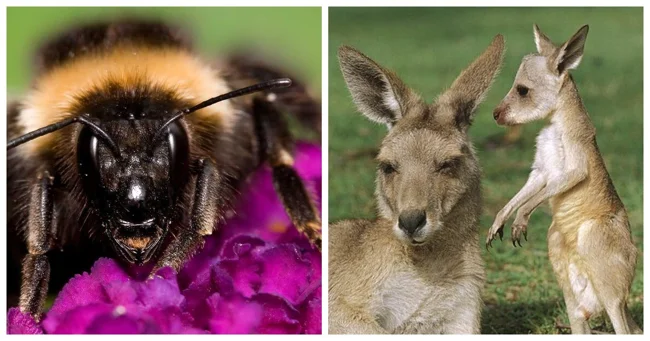
Very long-necked 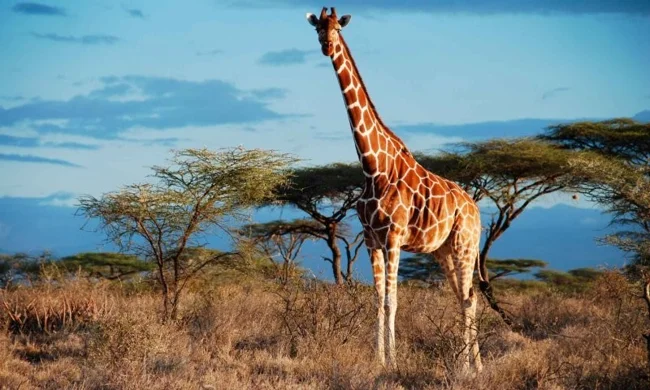
With such an impressive neck, a giraffe's blood pressure must be insane, to the point of bursting blood vessels. After all, the blood has to be raised to a height of about 3 meters. And a harmless bend should be fraught with loss of consciousness due to a sudden rush of blood to the head.
Only relatively recently did researchers explain that the excellent health of this animal is ensured by the specific structure of the ventricles of the heart and their dense walls. The vessels in the neck are very elastic, and they are not in danger of rupture. And the giraffe helps avoid fainting due to a sharp flow of blood to the head because of its accumulation in the veins located along the neck.
Winged heavyweight 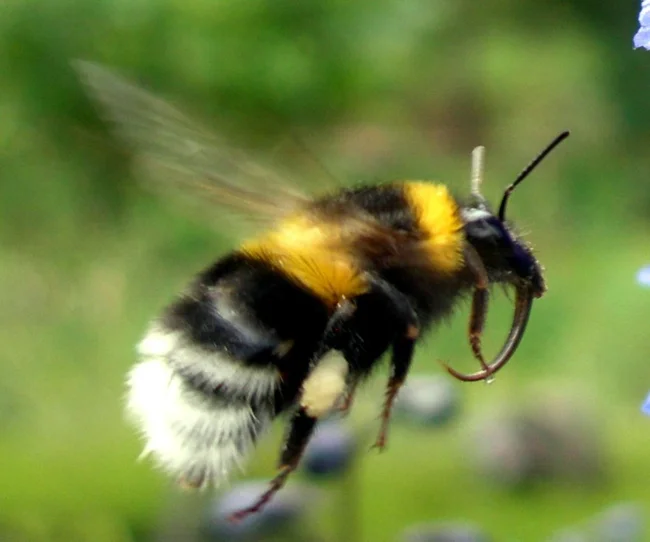
The body of a bumblebee is quite large and substantial so that it can be held in the air by wings that are small relative to the body. And they didn’t just hold us back, but also allowed us to cover considerable distances.
But the furry insect violated the laws of aerodynamics in a rather simple way. In flight, bumblebee wings bend, forming mini-vortices. They allow pollinators not only to fly, but to feel great in flight.
Energetic spring 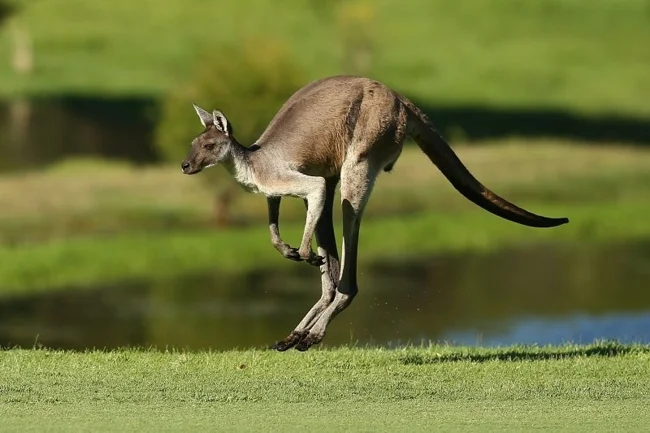
Kangaroos cover a distance of 10 meters in one jump. And in a state of jumping activity, marsupials can remain for several hours without a break. But in order to replenish energy costs, animals need many times more energy and, accordingly, food. But kangaroos have never been known for their tendency to be overweight.
The main part of the energy for jumping is stored in special tendons of the hind legs. Compensatory movements of the head and tail also help the kangaroo to easily and naturally push the carcass off the ground.
Small bird 
The hummingbird is a paradoxical bird. After all, in just a second she moves a distance 380 times the length of her body. To do this, she has to flap her wings 80 times in the same second. And given the hot climate in which birds live and the tight-fitting feathers, the heat generated does not escape into space. And hummingbirds must literally burn while flying.
But this does not happen, because birds, as it turns out, have well-camouflaged areas for dissipating heat. They are found in the area of the eyes, wings, paws and belly. Infrared video cameras helped identify special areas. The temperature of these areas is approximately 8 degrees higher than the air temperature. And, what’s remarkable, the baby herself chooses which zones and with what intensity to use to remove excess heat.
Survivors 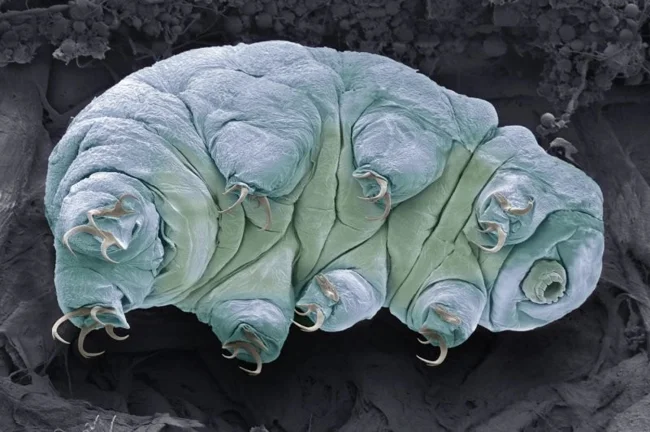
As soon as people did not mock these tiny invertebrates. Tardigrades have been in space, vacuum and more. They bravely endured heat, pressure, radiation and other hardships and not only survived, but also gave birth to viable offspring capable of reproduction.
And why? And all thanks to the suspended animation into which tardigrades fall when exposed to extreme conditions. Metabolism comes to naught, and no more than 1% of water remains in the tissues. The body tolerates such conditions thanks to special proteins and sugars that protect the DNA of tardigrades, preventing the threat from reaching precious genes.
